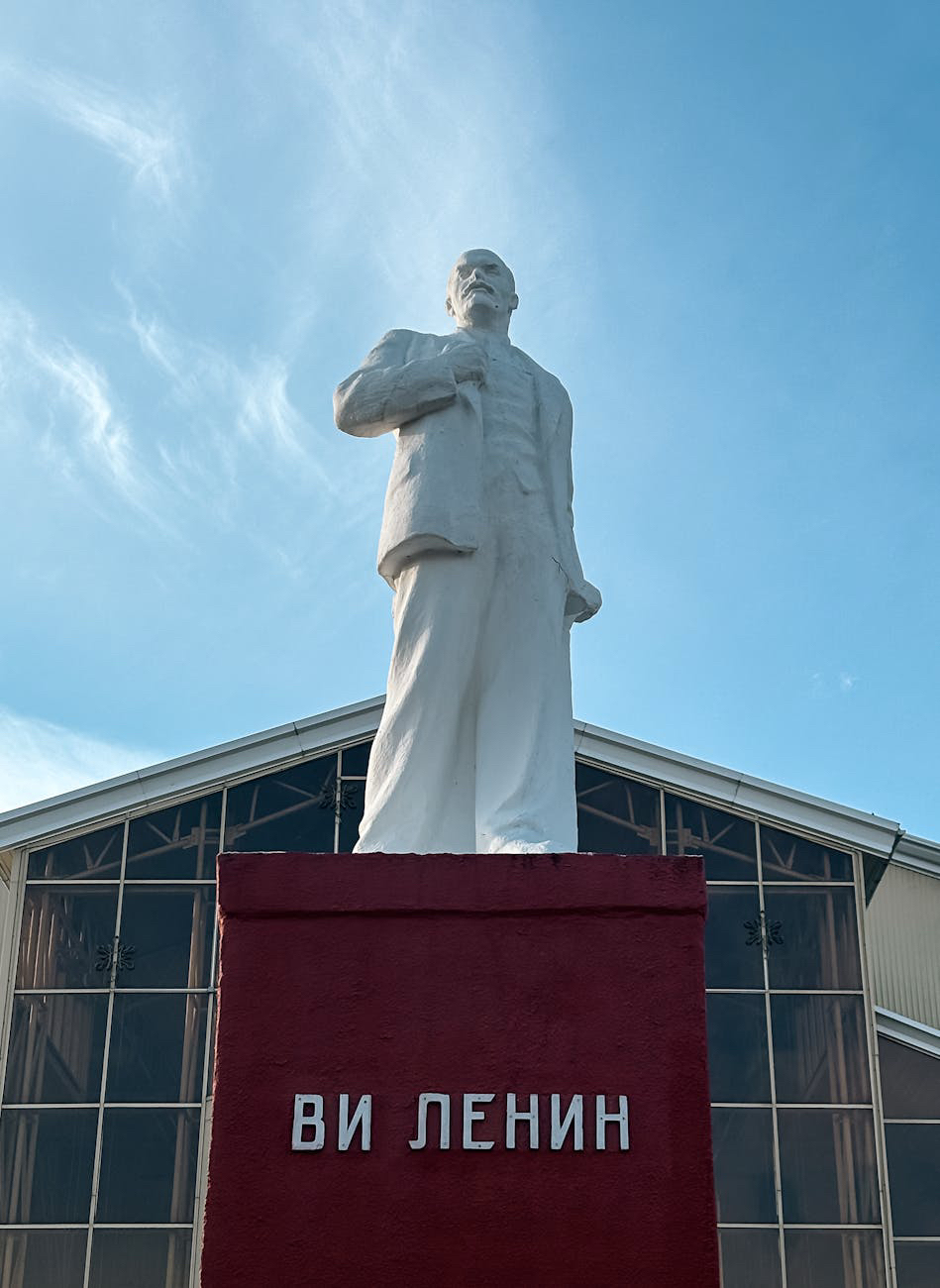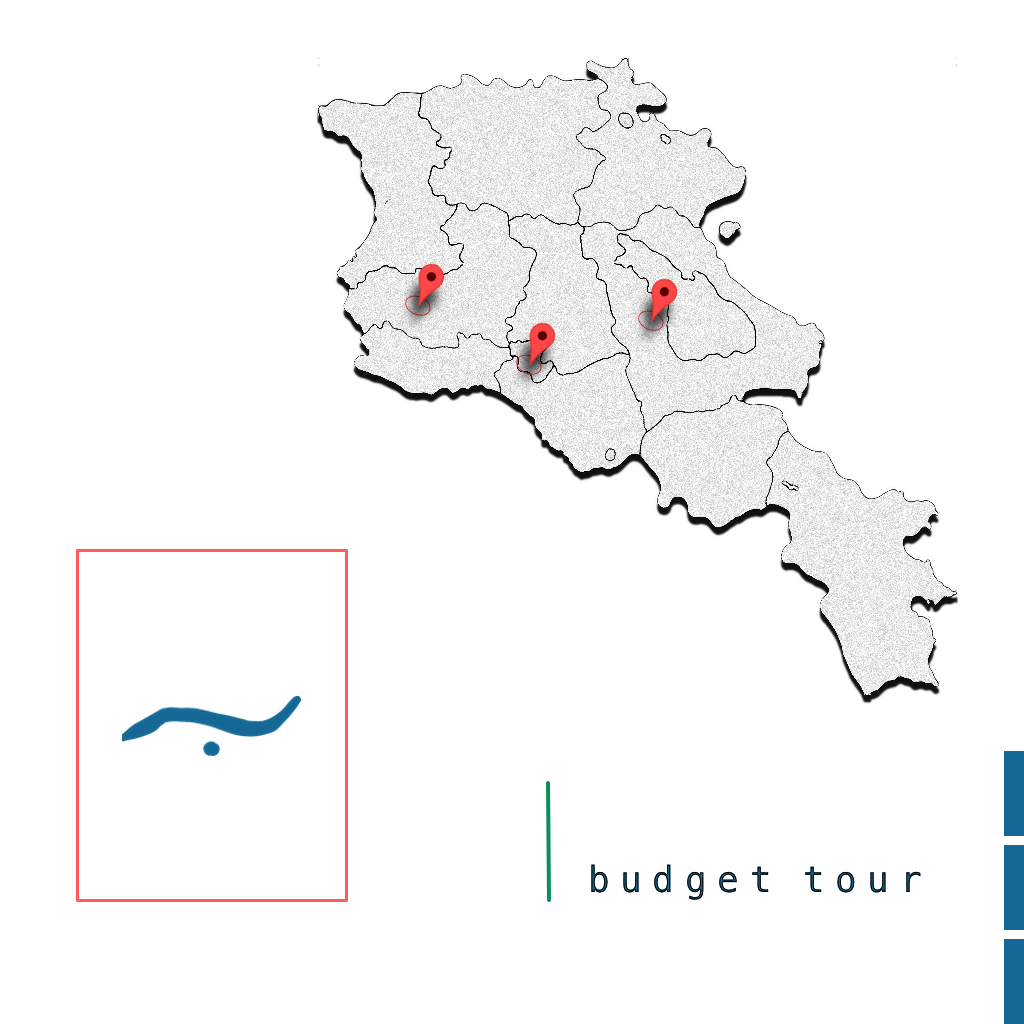Belarus rarely tops travel lists, but those who visit discover a country quietly reinventing itself through art, culture, and music. From the historic streets of Minsk to the folk festivals of Vitebsk and the haunting beauty of its rural villages, Belarus offers travelers a rare mix of authenticity and creativity. It’s a place where music connects old Slavic soul with modern experimentation—where past and present still sing to each other.
Minsk: The Modern Heartbeat
Minsk is the capital, the cultural hub, and the beating heart of Belarusian music. The city’s architecture—Stalinist avenues alongside sleek new developments—mirrors its evolving soundscape.
The Belarusian State Philharmonic Hall remains the cornerstone of classical music, offering performances by the Belarusian State Symphony Orchestra and top-tier international soloists. Across town, the National Academic Bolshoi Opera and Ballet Theatre delivers ambitious productions that rival much larger European institutions.
But Minsk’s music scene doesn’t end with tradition. The city’s younger generation is pushing boundaries through independent festivals and clubs. Events like Re:public Festival and venues such as Brügge and OK16 bring together alternative rock, electronic, and experimental music. For travelers seeking the pulse of modern Belarus, Minsk’s nightlife offers a glimpse of a country redefining its cultural identity one beat at a time.
Vitebsk: The City of Arts
Every July, the northern city of Vitebsk becomes the stage for one of Eastern Europe’s most significant music events: the Slavianski Bazaar. Launched in 1992, this international festival celebrates Slavic music and culture with performances that range from pop and folk to orchestral and choral works.
The event’s atmosphere is electric—audiences fill open-air theaters, musicians perform in public squares, and the entire city hums with melody. It’s a cultural crossroads where artists from across Eastern Europe and beyond share traditions, languages, and rhythms.
Vitebsk also carries a deep artistic legacy—it was the birthplace of painter Marc Chagall, and his spirit of imagination seems to linger over the city’s creative energy.
Grodno and Brest: Where History Finds Its Voice
On Belarus’s western edge, the cities of Grodno and Brest combine history with a growing contemporary scene. Grodno, one of the oldest cities in the country, has long been a center of choral and sacred music, with its baroque churches offering natural acoustics that make local concerts unforgettable.
Brest, near the Polish border, mixes its wartime history with youthful energy. The annual Jazz Evenings at the Brest Fortress festival brings local and international musicians together in a powerful setting—an open-air concert held within one of the most symbolic historic sites in Belarus.
Folk Roots and Rural Rhythms
Outside the cities, Belarus’s folk traditions thrive in the countryside. Music here isn’t just performance—it’s a living language. Villages across the Hrodna, Homel, and Mogilev regions host Kupala Night celebrations in midsummer, where locals sing ancient pagan songs, dance around bonfires, and weave flower crowns to honor nature’s cycles.
Traditional instruments such as the tsymbaly (hammered dulcimer) and duda (Belarusian bagpipe) give these performances their distinctive, resonant tone. Many young Belarusians are now rediscovering these sounds and fusing them with modern genres, creating a fascinating blend of heritage and innovation.
A Country Finding Its Voice
For travelers and researchers drawn to music’s deeper cultural roots, Belarus is a revelation. It’s a nation where history has often spoken softly—but where music continues to speak clearly. From philharmonic halls to forest festivals, every note tells a story of endurance, creativity, and quiet pride.
In Belarus, music isn’t just entertainment. It’s memory, identity, and a mirror of change.



